Here at Patchlabs, we’ve built our entire approach around something called Mastery based Learning. It’s what makes us different from a lot of other cybersecurity programs out there, and honestly, it’s something we’re pretty passionate about.
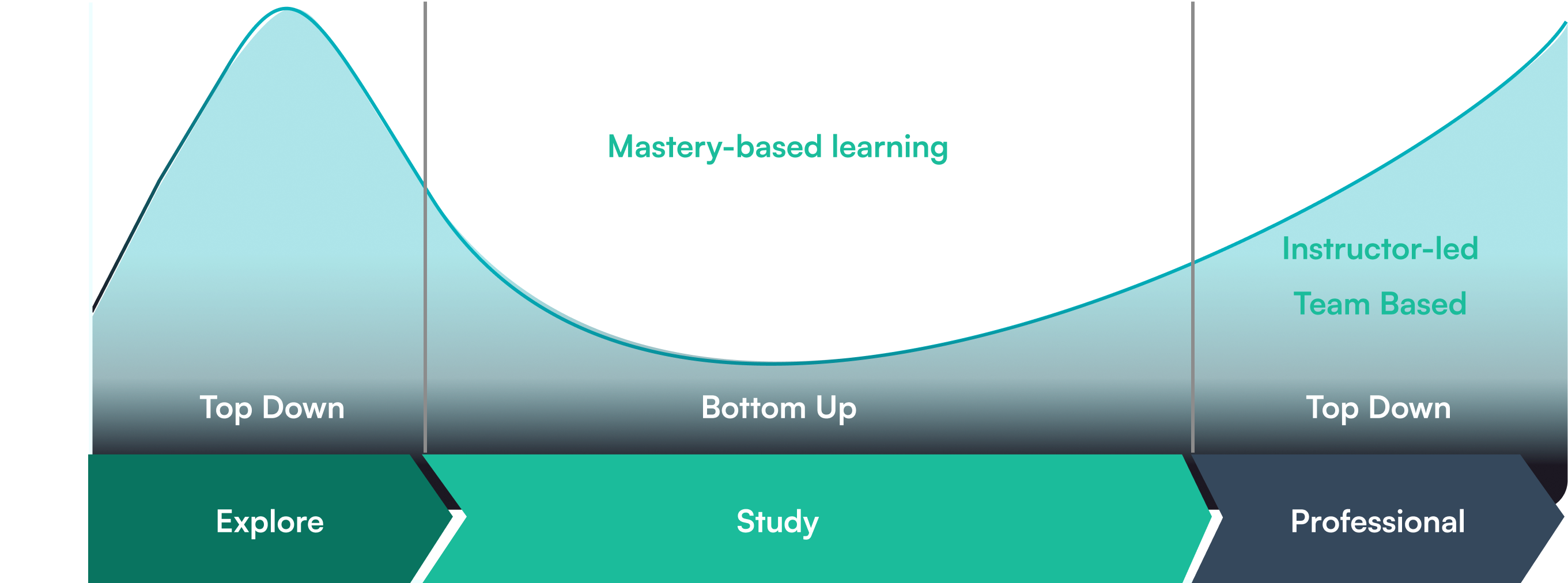
Here’s our thinking: if you want to become a truly skilled and confident cybersecurity expert, you need to really get the fundamentals. Not just memorize them for a test, but actually understand them inside and out. And the best way to build that kind of deep understanding? That’s where Mastery based Learning (MBL) comes in.
This philosophy drives everything we do at Patchlabs;from how we structure our curriculum to why we charge the way we do (we’ll get to that later). But let’s back up and talk about what MBL actually means, its ups and downs, and how it shapes your experience with us.
Whether you’re hearing about MBL for the first time or you’re already familiar with it, we hope this gives you a clear picture of how we think about learning and why we’ve chosen this path.
We talk to a lot of people who are thinking about starting their cybersecurity journey with us. The questions we hear most often are:
What’s interesting is that we hear the first question way more than the others. How do I get a job? comes up in almost every conversation. The other two? Not so much.
This tells us something important about how people think about learning. The first two questions are what we call “performance goals”;they’re focused on achieving a specific outcome. The third question is different;it’s what we call a “mastery goal,” focused more on the journey and continuous growth.
Psychologists have studied this difference, calling it “Goal Orientation.” Performance goals have clear finish lines and measurable outcomes. Mastery goals are more about the process of getting better over time.
Our education system (and most workplaces) are built around performance goals. They’re everywhere;from grades to certifications to job placements. Even popular goal-setting frameworks focus on performance. So it makes perfect sense that people ask performance focused questions.
When we dig deeper into what people mean when they ask How do I get a job?, they often elaborate:
Again, these are performance focused requests. There’s this idea of “graduation,” of crossing a finish line, of being “done” with learning.
Don’t get us wrong;these are totally natural questions, and there’s nothing wrong with wanting job security. But here’s the thing: most training programs react to these demands by building curricula that prioritize quick job placement over deep understanding.
The education model that caters to these performance goals is what we call the factory model. It’s designed around fixed timelines and standardized outcomes.
Think about your own education;elementary school, high school, University. You probably moved from grade to grade based on time spent, not necessarily on how well you understood the material. Got a C in algebra? No problem, here’s geometry. Struggled with basic chemistry? Time for organic chemistry anyway.
We call it the factory model because it treats students like products on an assembly line. Everyone moves at the same pace, topic by topic, regardless of whether they’ve actually mastered what they just learned. It’s incredibly common for students to “pass” with mediocre grades and never catch up, especially in subjects where concepts build on each other.
The factory model cares about one thing: time. You study for X weeks or months, then you move on, whether you truly understand the material or not.
But the time constraint isn’t even the biggest problem. Since the goal isn’t mastery, curriculum designers in factory based programs actually aim for a bell curve distribution of student comprehension. They measure their success not by how many students truly master the material, but by how well the final grades fit that familiar bell curve shape.
Think about what this means: the system is literally designed so that most students don’t achieve mastery. Only a few at the top are expected to really get it. Everyone else? Well, that’s just how it goes.
You can see this same pattern in coding bootcamps and cybersecurity programs across the industry.
16
Weeks1000+
HoursLook at the marketing from most coding bootcamps and you'll see a bunch of catchy slogans making big promises. They all have something in common: they're performance-focused promises built on that same factory model we just talked about.
Now, it's easy to poke holes in these claims (seriously, who really believes you can become a professional anything in 12 weeks?), but here's the thing;these programs feel pressured to make up some arbitrary timeline and promise some definitive outcome because that's what students are asking for.But here's what they don't talk about: the inevitable reality of any factory-model system. Not everyone comes out with the same level of understanding. Some students will "get it," others will struggle, and most will fall somewhere in between.
And you know what? Prospective students sense this too. Those flashy promises that were supposed to address their job-focused concerns often backfire, creating more skepticism instead. After all, nobody wants to end up on the wrong side of that comprehension curve when graduation day comes around.This skepticism makes perfect sense. We've all been through school;Primary school, high school, University. We know not everyone gets an A. We've seen how the system works, and we know it doesn't work for everyone. .So students start asking the tough follow-up questions:
People considering Patchlabs often ask us questions like:
These are all valid questions. Behind them, though, we sense something deeper , a lot of anxiety and uncertainty.
And we get it.
That feeling comes from people’s past experiences with traditional education , what we’ve called the factory model. Many of us already know, deep down, that this system doesn’t work for everyone.
So these questions are really asking: “What are my chances of succeeding this time?”
Because in the past, they’ve seen people fail , friends, family, or even themselves , not because they didn’t care or didn’t try, but because the system wasn’t built to support their learning style or pace.
Everyone pays the same tuition. Everyone gets the same time limit. But not everyone ends up on top. And that’s scary.
So when people ask us about job guarantees or graduation stats, what they’re really saying is: “I’ve been burned before. I just want to know that I’m not going to fall behind again.”
And that’s exactly why we do things differently.
To address these challenges, training institutions usually organize their systems in two main ways:


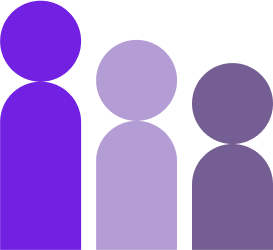
In this version of the factory model, students coming into the system are all different. They may have different backgrounds, levels of preparation, and varying amounts of time and resources. For example, some students might work full-time jobs while studying, while others don’t need to work and might even have access to private tutoring. Still, everyone has to master the course material within the same set timeframe; the test is on Friday for everyone, regardless of their situation.
All these different students go through the same educational process within a fixed period,like 12 weeks, 24 weeks, or six months. We call this the “Public University” model, since admissions are usually open and there’s little filtering of who can join. With a fixed timeline and varied starting points, students finish with different levels of understanding.
There will always be a few star graduates, but employers have to sort through many to find them because only a handful truly excel. As a result, this kind of education system can’t guarantee a job for everyone who graduates. This is how most traditional education works.
Although variable outcomes are unavoidable in this system, there is another approach that aims to reduce differences in student results. We’ll look at that next.
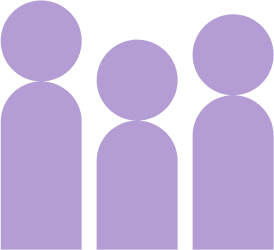



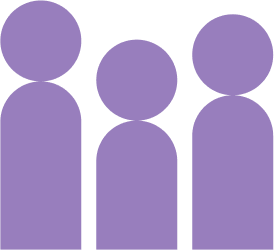


This version of the factory model tries to keep the differences in student outcomes to a minimum. As shown in the diagram, this is done by having a very strict admissions process that only lets the most prepared applicants in,essentially, only the top performers become students. If you have to work full-time, you’re out. If you didn’t do something impressive last holiday, like setting up an orphanage, you’re out. If you don’t already have a computer science degree, you’re out. This is the approach used by elite universities around the world, which is why it’s often called the “Ivy League” model.
The teaching process itself doesn’t change much; it’s still based on a fixed timeline, like in the other model. The key difference is the filtered input,by letting in only the best students, the final results show far less variation in quality. Employers love this approach because it makes it much easier to find top talent, which is why Ivy League graduates are in such high demand. In fact, just getting past the tough admissions process can be enough to impress some employers, even if you don’t finish your degree.
So, we have two main versions of the factory model. One leads to varied results, while the other relies on strict admissions to ensure consistent quality.
But what if things could be different?
Both factory-based models have their downsides, but they’re the most common approaches in education today. Still, it’s worth asking: what if there was a system where students with different backgrounds could all achieve great results? Is it possible to build an educational model that accepts everyone but still delivers high-quality outcomes for all?




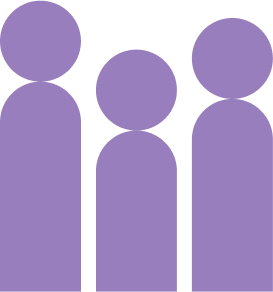
Mastery-Based Learning is built on two main ideas:
Let’s break down these two ideas with an example. Imagine a tree diagram that shows all the skills and knowledge you need to become an expert in something,whether it’s playing the piano, cooking, tennis, programming, or any other skill. The diagram shows how different concepts and techniques are connected and what you need to learn to reach mastery.
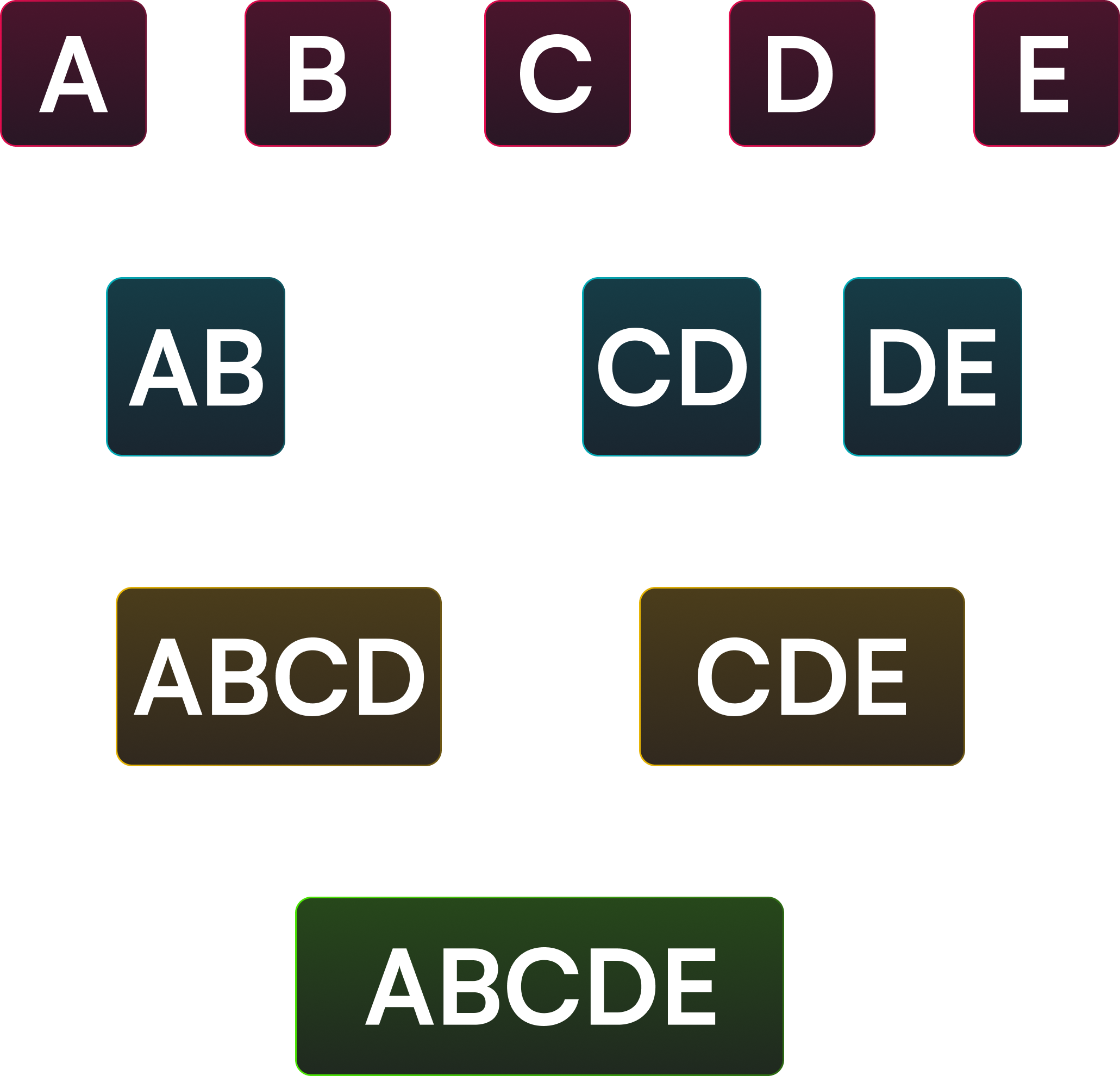
The concepts at the bottom of the tree (A, B, C, D, and E) are called atomic concepts. They’re “atomic” because they’re basic building blocks,they can’t be broken down into smaller concepts. Higher up in the tree are compound (or integrated) concepts. These are formed by combining two or more atomic concepts. The skills or knowledge tree shows how each concept depends on others. For example, to learn “AB,” you first need to fully understand both A and B.
In Mastery-Based Learning (MBL), you only move on to the next concept after you’ve truly mastered the ones before it. You work through integrated concepts only after you’re confident in all the atomic ones that come first. There’s no set time for learning any topic,you move forward based on your understanding, not according to a schedule. This means the only thing that determines your progress is how well you understand each topic.
Compare this to the factory model. There, you might have just one week to learn A and another week for B, no matter what else is happening in your life. If you didn’t fully understand A or B (maybe you were sick or had a busy week), you’d still have to move on to the next topic, AB, the following week. If you haven’t mastered A and B, it’s unlikely you’ll really get AB either.
In subjects where new ideas build on top of older ones, this approach can quickly become overwhelming. If you fall behind early on, the increasing difficulty can make it almost impossible to catch up, and eventually you might feel like giving up. Most of us have experienced this ourselves or seen classmates struggle as confusion builds.
With MBL, you address each new challenge as it comes, only moving forward when you’re ready. This step-by-step approach keeps complexity manageable and helps prevent you from falling behind.
Mastery-Based Learning (MBL) isn’t a perfect solution for every educational challenge. Removing time limits and requiring mastery at every step creates some limitations for learners:
Let’s go back to the skills and knowledge tree from earlier. Now, we’ll add the steps of MBL to show how you move from one topic to the next,from atomic concepts up to more complex, integrated ones.

This is how learning concepts A, B, and AB works in a mastery-based approach. Notice what’s missing: there’s no mention of how long it should take. The process has two simple steps;first, you practice the basic (atomic) concepts, and second, you must pass an assessment on those basics. Once you’ve mastered all the prerequisites, you repeat the same steps for the combined (integrated) concept.
In Mastery-Based Learning, time doesn’t matter,only understanding does. This is often summed up as “local mastery before integration.” Usually, it’s not too hard to master individual basic concepts if you spend enough time practicing. The real challenge comes when you have to combine them. Problems usually happen when people try to move on too quickly, before fully understanding the basics.
So, in a mastery-based system, comprehension is a must. There’s no moving ahead without it, no matter how long it takes. This is the exact opposite of the factory model, where you move to the next topic after a set time, whether you truly understand it or not.
By now, you know what Mastery-Based Learning (MBL) is and how it’s different from traditional, time-based learning. But how do you actually shift your mindset from focusing on deadlines to focusing on true understanding? Making this switch isn’t always easy, even if you agree that MBL is better. Below are some tips to help you move away from time-based thinking and stay on track in your mastery-based learning journey.
Many students start by making a timeline for their learning;“I’ll finish by December,” for example. They break down the months, divide up the topics, and maybe even weigh which topics seem harder. But here’s the problem: let’s say you plan to finish Topic A in two weeks, but after three weeks you’re only halfway done. Now you feel behind, and that pressure can cause you to rush ahead without truly understanding the material,missing the whole point of MBL.
Setting goals is good, but they should be based on effort and engagement, not deadlines. For example, try saying, “I’ll study for 10 hours this week,” or “I’ll spend an hour today on practice exercises.” The main idea: you can’t force mastery into a set timeline.
At the heart of Patchlabs’ support system lies inspiration from Benjamin Bloom’s "2 Sigma Problem." Bloom’s findings revealed that students who received one-on-one tutoring performed, on average, two standard deviations better than those in traditional classroom settings,meaning the average tutored student outperformed 98% of their classroom peers. Each student will engage in scheduled, 60-90 minute one-on-one tutoring sessions every week. You’ll learn from the best to be your best. These sessions are not mere concept tutoring help; they are structured learning experiences focused on proactively identifying and addressing individual learning gaps, ensuring deep comprehension of complex topics, preparing students for upcoming assessments, and fostering critical thinking skills. Tutors will employ effective methods, such as the "I Do, We Do, You Do" model, to guide students from observation to independent application..
Sticking to the basics sounds simple, but it’s harder than it seems,especially if you’re naturally curious. Curiosity can be both helpful and distracting. It’s easy to feel like you need to keep up with every new library, framework, or tech trend. Every day brings new articles and hype about the next big thing. These stories play on your fears of missing out, just like commercials do.
But the truth is, you’re not missing out. Focus on the core concepts,the fundamentals that never change. These are the skills that will truly last and support your growth over the long term.
It’s important to develop study habits that you can keep using throughout your life. This matters because learning doesn’t end when you become a professional cybersecurity specialist. In fact, good study habits become even more valuable as your career grows. Don’t just build habits for one course or bootcamp,build them for your future.
Avoid cramming. Cramming might help you remember things short-term, but it won’t help you keep that knowledge for the long haul, and it won’t prepare you for skill-based assessments like live coding interviews. In situations like those, you can’t fake understanding.
For long-term learning, give your brain the time it needs to build strong, accurate mental models. This will help you remember and use what you’ve learned well into your career.
Another key idea is to stop setting milestones and expectations based on deadlines. This is similar to eliminating timelines, but it’s more about changing your mindset from performance goals to mastery goals.
In mastery-based learning, what matters is the time and effort you put in,not how quickly you “finish.” For example, if you say you’ll complete a course in one month, you have to ask: what does “finish” really mean? If you rush through the assignments and only understand 60% of the material, is that really finishing? If you realize you’re behind with just one day left, should you speed through the rest just to hit your goal?
Setting goals like “finish in a month” is all about performance, not true learning. Instead, set mastery-based goals, such as “I’ll spend 100 hours working on this topic this month.” Focus on your depth of understanding, not on crossing off milestones or hitting deadlines.
We’re extremely picky when it comes to our mentors. Mentors hold you accountable to your dreams, provide a window into the industry, and share an insider's perspective on what it takes to be successful. Patchlabs accepts less than 10% of mentor applicants. Mentors must have a minimum of three years experience, and are rigorously tested for curiosity, resilience, adaptability, and like-ability.
Why? Because when you’re working 1-on-1 with somebody, empathy and accessibility are just as important as expertise.
Here’s what Mastery-Based Learning (MBL) looks like in practice at Patchlabs and how it affects your daily learning experience:
Our curriculum is built around the concept tree we discussed earlier. You start with basics like A and B, then move on to more complex ideas like AB, and so on. The aim is to work your way down the skills tree, gradually mastering more integrated concepts.
However, in a mastery-based system, sometimes you’ll need to revisit earlier topics. This isn’t “going backward” like it might seem in a traditional model. If you find that you’re struggling with a combined concept (like AB), it often means you need to refresh your understanding of the basics (A or B). In MBL, it’s completely normal and encouraged to move up and down the tree as needed. There’s no shame in reviewing previous material; what matters most is reaching true understanding.
Assessments are key to identifying gaps in your knowledge and helping you improve. We design our assessments to be similar to real hiring processes: they include things like verbal explanations, live coding interviews, and take-home coding challenges. These assessments show both you and us how well you understand the material, and they also prepare you for real-world technical interviews. There’s no way to hide gaps in your knowledge,mastery is required to pass.
Our approach to pricing and support comes directly from our commitment to mastery-based learning. Some might think our pricing model just encourages students to take longer, but actually, our goal is the opposite: we want you to focus on understanding, not rushing through. High prices could pressure students to speed up and compromise on learning. We set our pricing at a level we believe is fair, sustainable, and still lets you take the time you need to truly master the material,even if it takes a few extra months.
One final principle of our mastery-based approach: we focus on teaching things that won’t go out of date. If we expect you to truly master something, it has to be a skill or concept that will be valuable for years,not just a passing trend. At Patchlabs, we teach skills like systematic problem-solving, how to break down a programming language, or how web applications work at a fundamental level. Our goal is to help you build solid, long-lasting skills and study habits for a successful career,focusing on things that never change.
Before starting a course at Patchlabs, we strongly recommend reading Mastery by George Leonard . It’s a short, insightful book and is required for all new students.